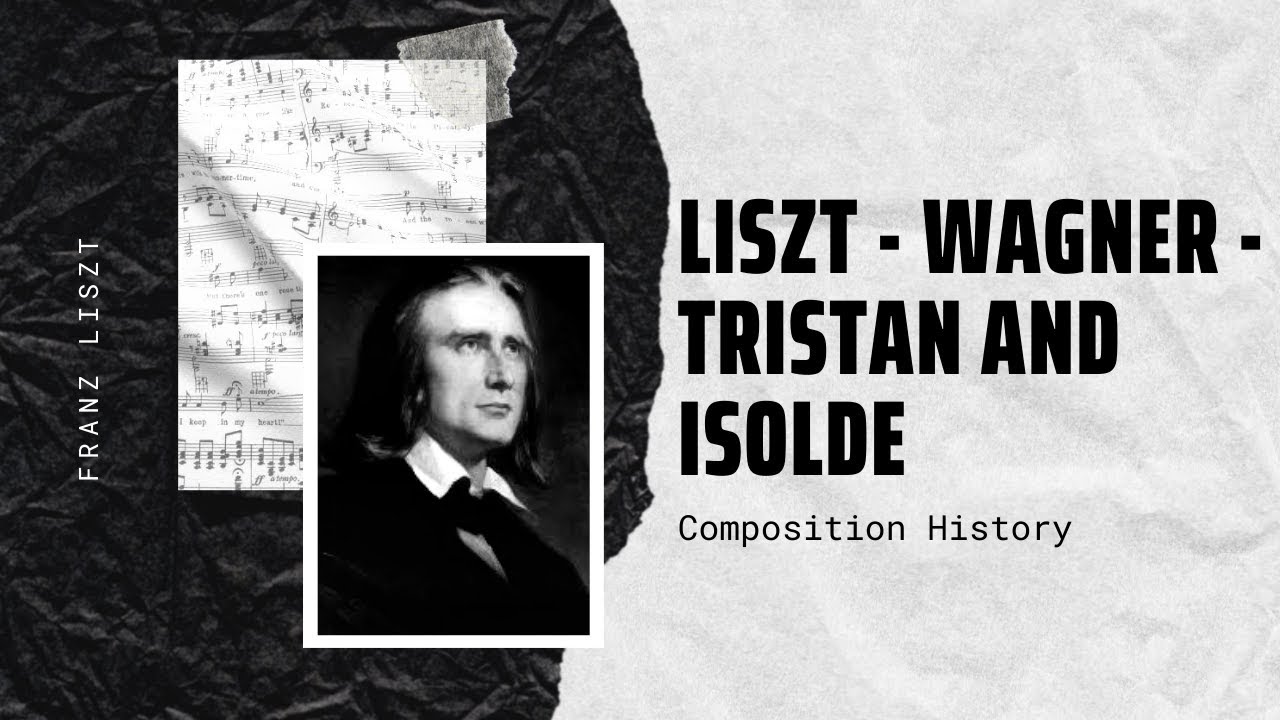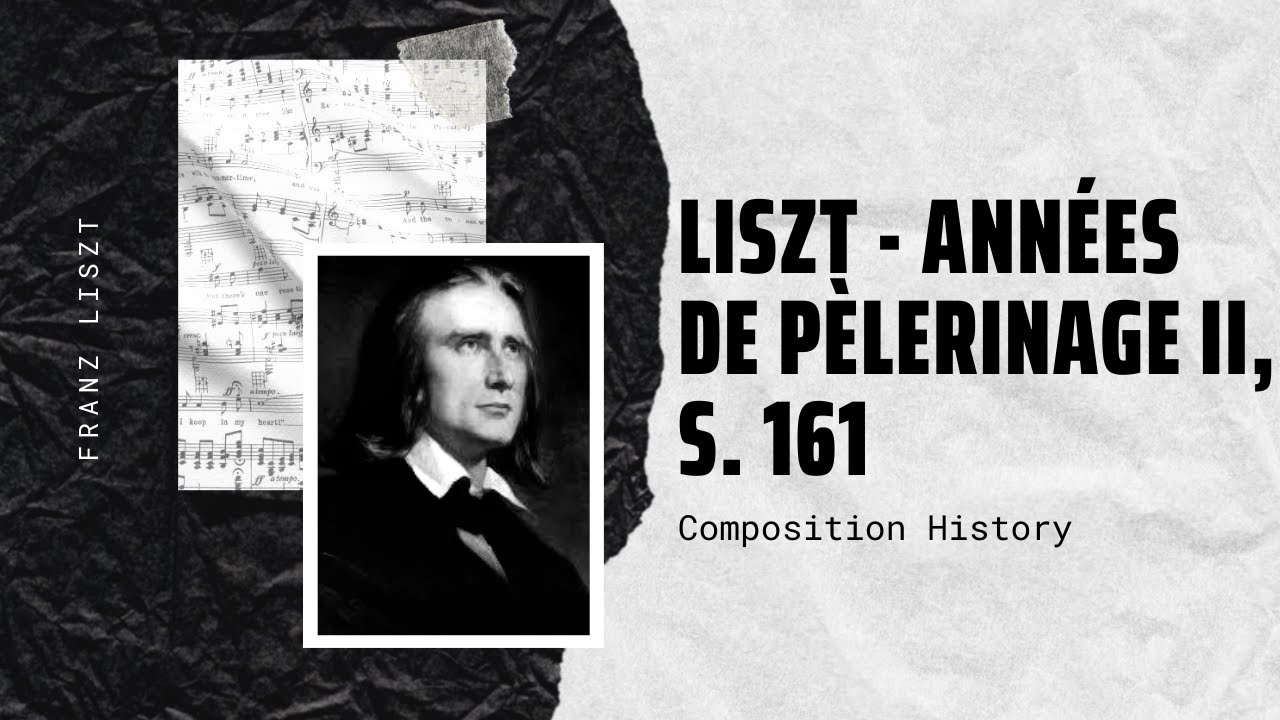
Liszt – Grand duo concertant sur le ‘Le marin’, S.128 – Music | History
Grand duo concertant sur la Romance de M. Lafont ‘Le marin’, S.128 is a piece for solo violin and piano composed around 1849 by Franz[…]
Liszt Biography – Music | History
Liszt Biography – Music Collection – Music | History Franz Liszt was a Hungarian pianist and composer of enormous influence and originality. He was renowned in[…]

Liszt – Wagner – Tristan and Isolde – Liebestod, S 447 – Music | History
Liszt – Wagner – Tristan and Isolde – Liebestod, S 447 – Music | History Tristan und Isolde (Tristan and Isolde), WWV 90, is an opera[…]

Liszt – Ave Maria I, S. 20 – 2nd version – Music | History
Liszt – Ave Maria I, S. 20 – 2nd version – Music | History “Ellens dritter Gesang” (“Ellens Gesang III”, D. 839, Op. 52, No. 6,[…]

Liszt – 2 Konzertetüden, S. 145 – 1. Waldesrauschen – Music | History
Liszt – Konzertetüden, S. 145 – 1. Waldesrauschen – Music | History Two Concert Études (Zwei Konzertetüden), S.145, is a set of two piano works composed[…]

Liszt – Ave verum corpus, S. 44 – Music | History
Liszt – Ave verum corpus, S. 44 – Music | History Franz Liszt was a Hungarian pianist and composer of enormous influence and originality. He was[…]

Liszt – Années de pèlerinage II, S. 161 – Music | History
Liszt – Années de pèlerinage II, S. 161 Années de pèlerinage (French for Years of Pilgrimage) (S.160, S.161, S.163) is a set of three suites for[…]

Liszt -Liebesträume, S 541 – Music | History
Liszt -Liebesträume, S 541 Liebesträume (German for Dreams of Love) is a set of three solo piano works (S.541/R.211) by Franz Liszt, published in 1850. Originally[…]

Liszt / Wagner – Overture to Tannhauser – Piano version S 442
Tannhäuser (or Tannhäuser and the Singers’ Contest at Wartburg Castle) is an opera in three acts, written by Richard Wagner between 1842 and 1845, and[…]

Liszt – La Lugubre Gondola S 200
Its genesis is well documented in letters from which we know that Liszt was Richard Wagner’s guest in the Palazzo Vendramin on the Grand Canal[…]